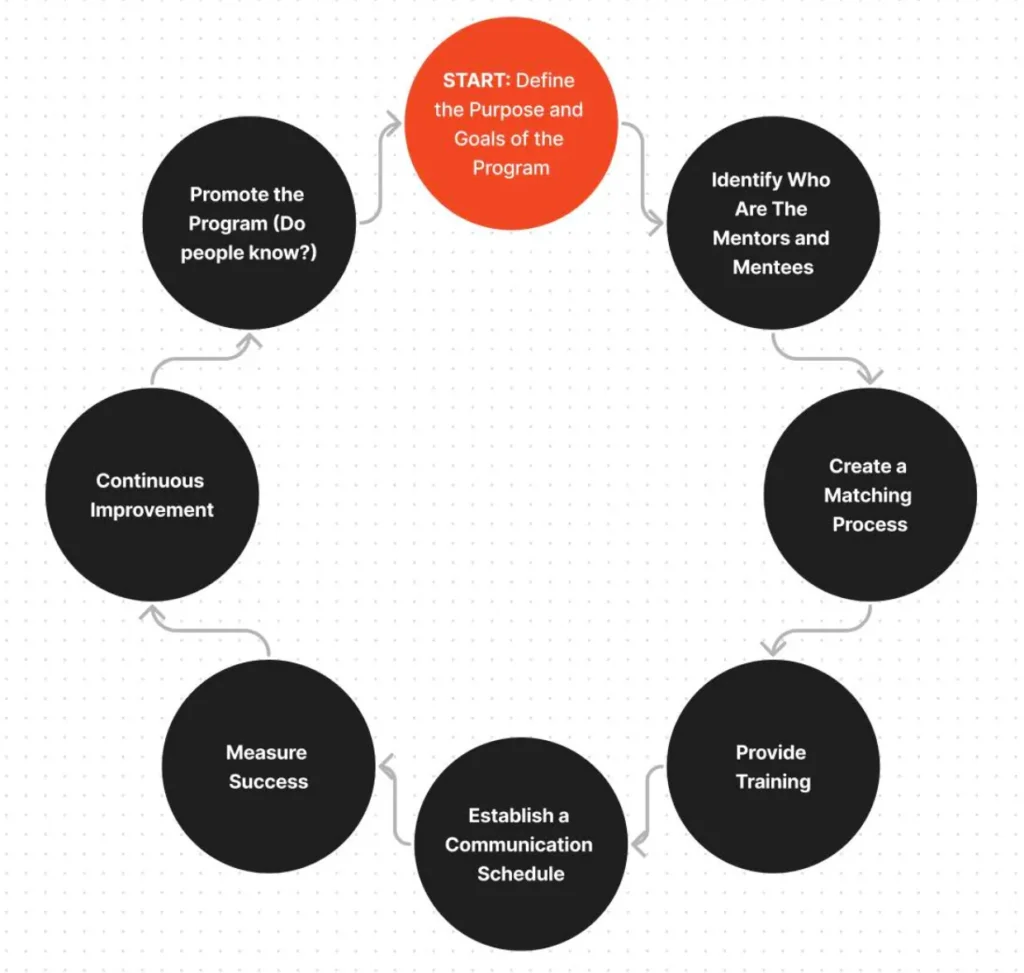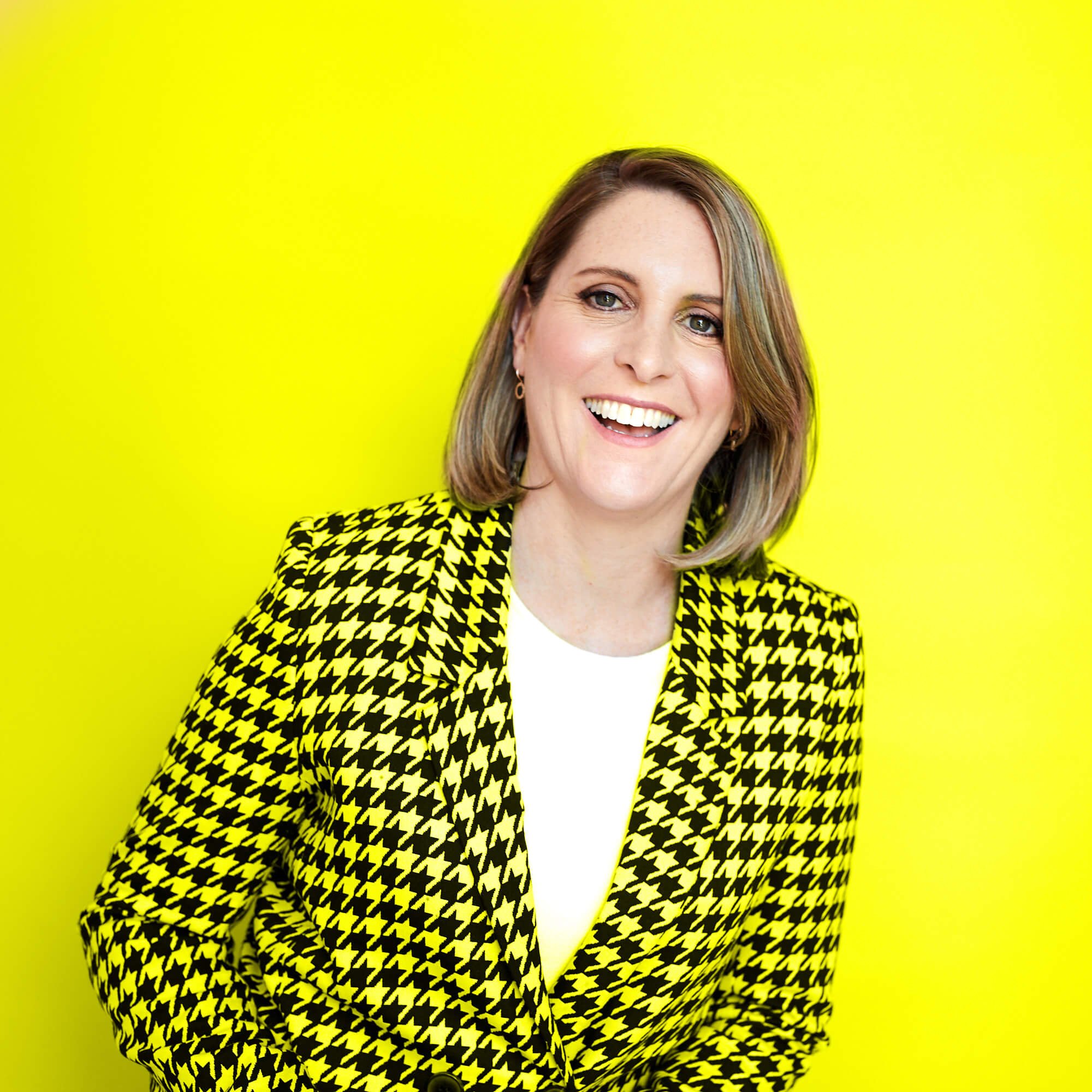Felix Lee, the co-founder of the global mentorship platform ADPList, has no formal training as a designer. What the native Singaporean and working-class son of a neighbourhood baker does have, in spades, is an innovator’s instinct for problem-solving and seeing opportunity in unmet needs.
By the age of 19, with a $5,000 investment from his family, he’d built and sold a successful tech startup — a collaborative travel planning platform for Southeast Asia. Afterward, Lee was sitting uncomfortably in what he recalls as a “cushy” but unfulfilling job when the COVID-19 pandemic left hundreds of his designer friends and colleagues out of work. He and a friend quickly threw together a public spreadsheet meant to serve as an ersatz jobs board and assistance platform.
Initially dubbed the “Amazing Design People List — COVID-19 Layoffs,” that spreadsheet quickly went viral in North America. And Lee and his co-founder James Baduor noticed that one particular tab, titled “GET A PORTFOLIO REVIEW”, received more attention than anything else on the document. This human-centred insight—that personalised advice from established designers was every bit as valuable to junior designers as an actual job—led to the founding of ADPList.
Just three years later, ADPList has become the world’s largest dedicated mentoring platform, boasting 170,000 members, 16,000 verified mentors, and 30,000 monthly mentorship sessions across 140 nations.
Their mission: to democratise mentorship for all.
Lee, however, will be the first to state that, contrary to what many may believe, mentorship done right doesn’t require a dedicated platform or formal structures or, least of all, paid programs. In fact, Lee points to several “universal truths” he’s learned in creating and growing ADPList that can successfully decouple satisfying mentorship from formal programs of any kind. He acknowledges some of these insights can feel counterintuitive, but they are key to squeezing maximum impact from informal mentorship opportunities.
First, Lee says, mentorship must be convenient, sliding in easily to both parties’ schedules. “We’ve discovered that mentorship should be very accessible and accommodate many kinds of interactions. If this is in a setting with your own manager, for example, just ask for a single meeting to begin with. Keep it casual and make it as easy as possible on the person whose time you’re requesting.”
It can often be helpful in establishing a first meeting to treat it a little like a two-way interview and avoid using the word “mentorship” at all by instead focusing on the specific outcomes you’d like to achieve at the end of a single session (regardless of which party is initiating the proposed meeting).
The most common sorts of outcomes Lee sees in mentorship tend to be:
- Knowledge and skills,
- Opportunities (e.g., advancements or new roles),
- Access to the mentor's professional network,
- Skill-based instruction, and
- Career guidance.
- Lee adds a sixth less tangible outcome that he feels may be as important as any of the others: Hope.
“Hope means a mentee finally sees a real chance for them to be part of this community and industry. That can't come from books and videos. Mentorship provides access to this kind of hope in ways nothing else can.”
Lee also says that matching up with the “right” person is critical to a good mentorship. Think about which of the above outcomes is most important to you, and then think hard about who is best placed to help you meet those outcomes. Go into a first meeting with a plan to see if the other party also has similar interests. If the first session goes well, and there’s a sense of alignment, agree to one or two further sessions together and allow the relationship to grow organically.
Fourth, Lee says, it’s important to remember that mentors care as much about how they are growing from the interaction as they do about the impact on those they’re mentoring. For example, Lee says that their own data show leaders who’ve mentored on ADPList for 3–4 months report an increase in their team’s agility, and 80% report greater job satisfaction. “Good mentorship isn’t a one-way street or a purely charitable effort. Our experience is that mentors get as much out of this as those they’re mentoring.”
Examples of the benefits to leaders who mentor include growing their leadership skills, developing a reputation as an advisor and guide for others, strengthening their emotional intelligence and communication skills, gaining new perspectives on their own work and career, and strengthening their professional network.
And, of course, the benefits to the organisation of even informal mentorship arrangements include reducing employee turnover, increasing engagement among employees, advancing diversity and inclusion, and nurturing future leaders.
Finally, Lee says, casual connections, say over coffee or tea, are often more productive for both mentors and mentees than highly structured interactions, provided those interactions are with the right person (see above). “A good mentorship doesn’t need to be tightly structured or require a lot of preparation,” Lee says. “Often the best outcomes are associated with interactions that are simply about relationship building rather than ticking off predefined bullet points on an agenda.”
ADPList partners with clients such as Meta, Google, Spotify, Apple, Twitter, LinkedIn, Nike, Netflix, and other enterprises as a purpose-built platform for their mentorship needs. But Lee also observes that moving beyond informal mentorship arrangements and building a high-impact in-house mentorship program can be achieved with a low-fidelity, minimal-budget effort. He recommends following eight basic steps:

8 Steps to Creating a Mentor Program
- Define the Purpose and Goals of the Program.
The first step in setting up a mentorship program is to define its purpose and goals. Are you looking to develop leadership skills, increase employee retention, improve diversity and inclusion, or achieve some other goal? Your program's purpose and goals will inform its structure and operations.
- Identify Mentors and Mentees.
Depending on the purpose of your program, you will need to identify potential mentors and mentees. This might involve inviting senior employees to serve as mentors, or it might involve partnering with an external organisation to provide mentors. Likewise, you'll need to determine who the mentees will be—new hires, employees looking to advance, etc. - Create a Matching Process.
Decide how you will pair mentors and mentees. Some programs use a formal matching process, where program administrators pair mentors and mentees based on certain criteria (such as career goals, interests, or areas of expertise). Other programs use a more informal process, where mentors and mentees choose each other. Make sure it matches their scheduling preferences.
- Educate Them.
For mentors, training might include instruction on how to provide guidance and support, how to give feedback, and how to handle sensitive topics. For mentees, training might cover how to set goals, how to ask for help, and how to make the most of the mentorship relationship.
- Establish Communication.
Regular communication is key to a successful mentorship relationship. Establish a schedule for regular check-ins and provide guidelines for communication between meetings. This might include regular meetings, email updates, or other forms of communication.
- Measure Success.
Decide how you will measure the success of your program. This might include tracking the career progression of mentees, monitoring retention rates, collecting feedback from participants, or assessing the achievement of specific learning outcomes.
- Continuous Improvement.
Always be learning and iterating.
- Promote.
Marketing, word-of-mouth, and partnerships. Promote to the people you are serving.
Though eight steps may seem like a lot when considering the development of an informal mentorship program, the benefits far outweigh the upfront costs. Reducing employee turnover, increasing engagement among employees, advancing diversity and inclusion, and nurturing future leaders are among the top staff concerns for many senior leaders, especially in the design field. And supporting the growth of those creative leaders through new pathways is of great importance to any organisation looking to evolve.
So, if your aim is to level up your team, informal mentor programs are an effective way to make that dream a reality.
Latest.

5 simple (but powerful) ways to shine in your design interview.
Job Seeker, Design

How to demonstrate the value of your design team in 2025
Thought Leadership, Design, Industry Trends, Leadership

Ace your interview: Words to watch out for.
Job Seeker









